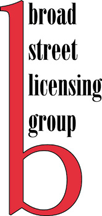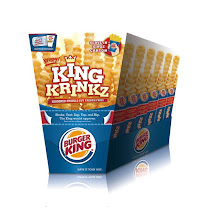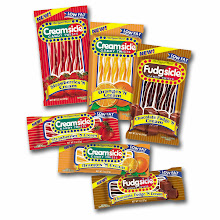
Carrefour’s lackluster attempts to compete with rivals Wal-Mart and Tesco have led the new CEO, Lars Olofsson (a Nestlé veteran) to revive the French retailing giant’s "hypermarket" concept that will stress low prices and restore Carrefour’s image for value among shoppers. Merchandizing is getting more emphasis, with bolder graphics and discount signs (ala Wal-Mart) trumpeting low prices over the previous slogan “Quality for All.” While still the world’s #2 retailer, the company is expected to be surpassed by the UK’s Tesco.
Additionally, its past focus on selling almost anything has left it vulnerable during the Great Recession to retailers with more flexibility, especially those who have stressed groceries over hard goods. Specialist chains like Zara (owned by clothing giant Inditex SA) Darty (owned by electronics manufacturer Kesa Electricals PLC) have eaten into Carrefour’s market share in non-foods. Net profits are down sharply, leading to the ouster of Olofsson’s predecessor late last year. With little time in the new post, he hasn’t been able to right the ship yet; April saw Carrefour’s first decline in quarterly sales in the past 6 years.
The company has branches in 33 countries with €86.97bn ($120.36bn) in net sales in 2007, but its problems in the home country (where 44% of its sales occur) are indicative of the issues it faces worldwide. Food discounters like Germany’s Aldi are taking away market share, hence the move to revive the hypermarket strategy, where shoppers can load up on groceries and specials. The company claims over 1MM customers per day in its existing hypermarkets, which will give it a leg up for changing perceptions and jumpstarting sales.
The new strategy has already worked in the UK for the William Morrison Supermarkets PLC chain, and Carrefour is watching the success of US retailer Kroger in tailoring its stores to the tastes of local clientele by mining data from customer loyalty cards. If Bigger is Better, Carrefour isn’t above borrowing the “small footprint” model used successfully by Britain’s Tesco and J Sainsbury PLC, too. The new CEO admits the company has had an inconsistent pricing policy that oscillated from high prices and strong margins to low prices sustained by volume, confusing shoppers who have been hammered by the price-cutting message of Wal-Mart and others for the past few decades. So far, Olofsson’s efforts are starting to show in changes to the product mix: more luxury brands such as gourmet boutique’s Fauchon, exotic ready-to-cook fruits & vegetables, and 40% fewer non-food SKUs (though 100% more HBA & perfume products). Promotional flyers show fewer products per page and stress discounts (“three-for-two” or 50% off for loyalty-card holders). A new ad blitz is stressing “Carrefour Discount.” So far, industry observers think the ideas sound, but point out Carrefour has failed to implement similar measures in the past.
Excerpted from BSLG's weekly subscription news reader service Food Business News. To subscribe or for information about licensing, contact Broad Street Licensing Group (tel. 973-655-0598)
.gif)











No comments:
Post a Comment
Note: Only a member of this blog may post a comment.